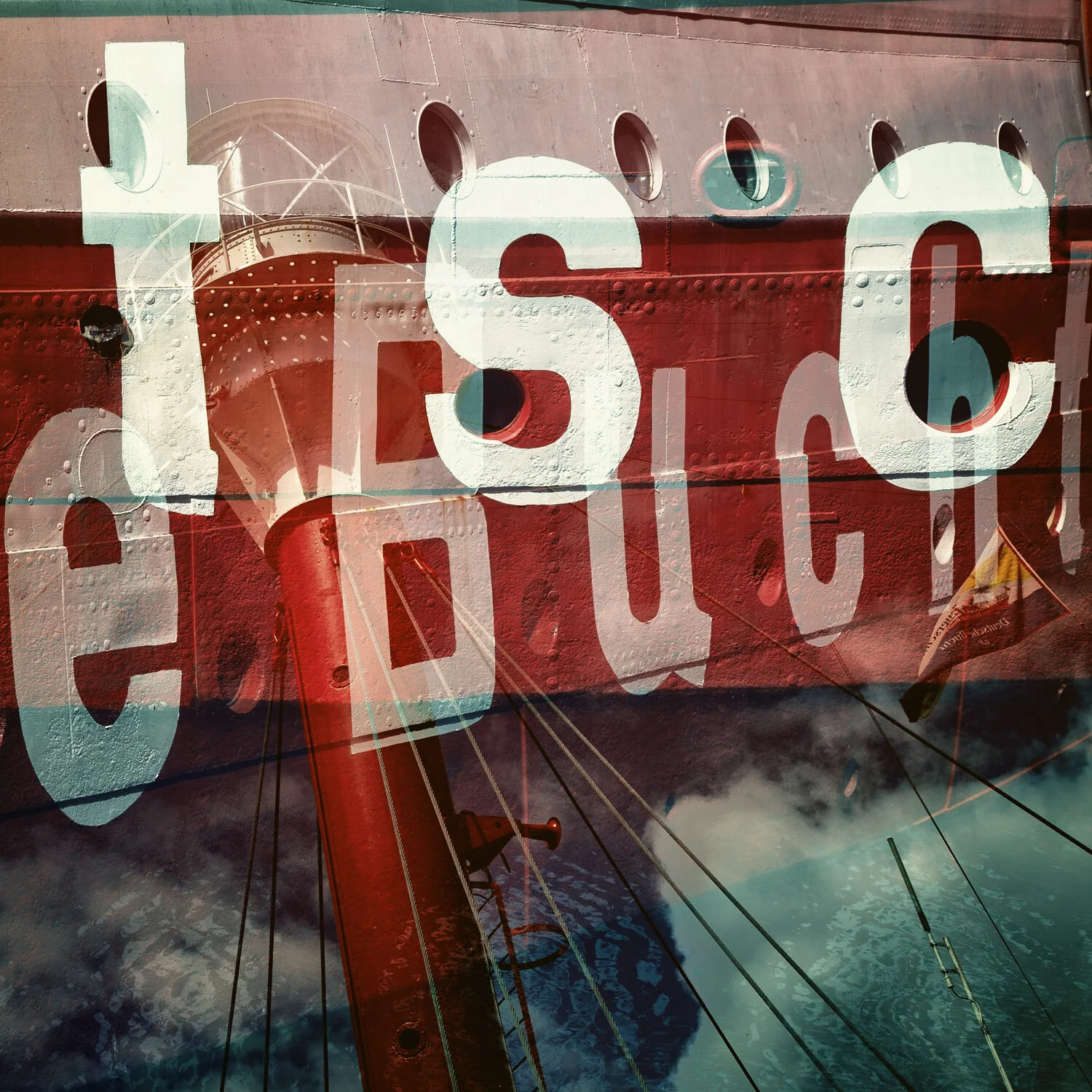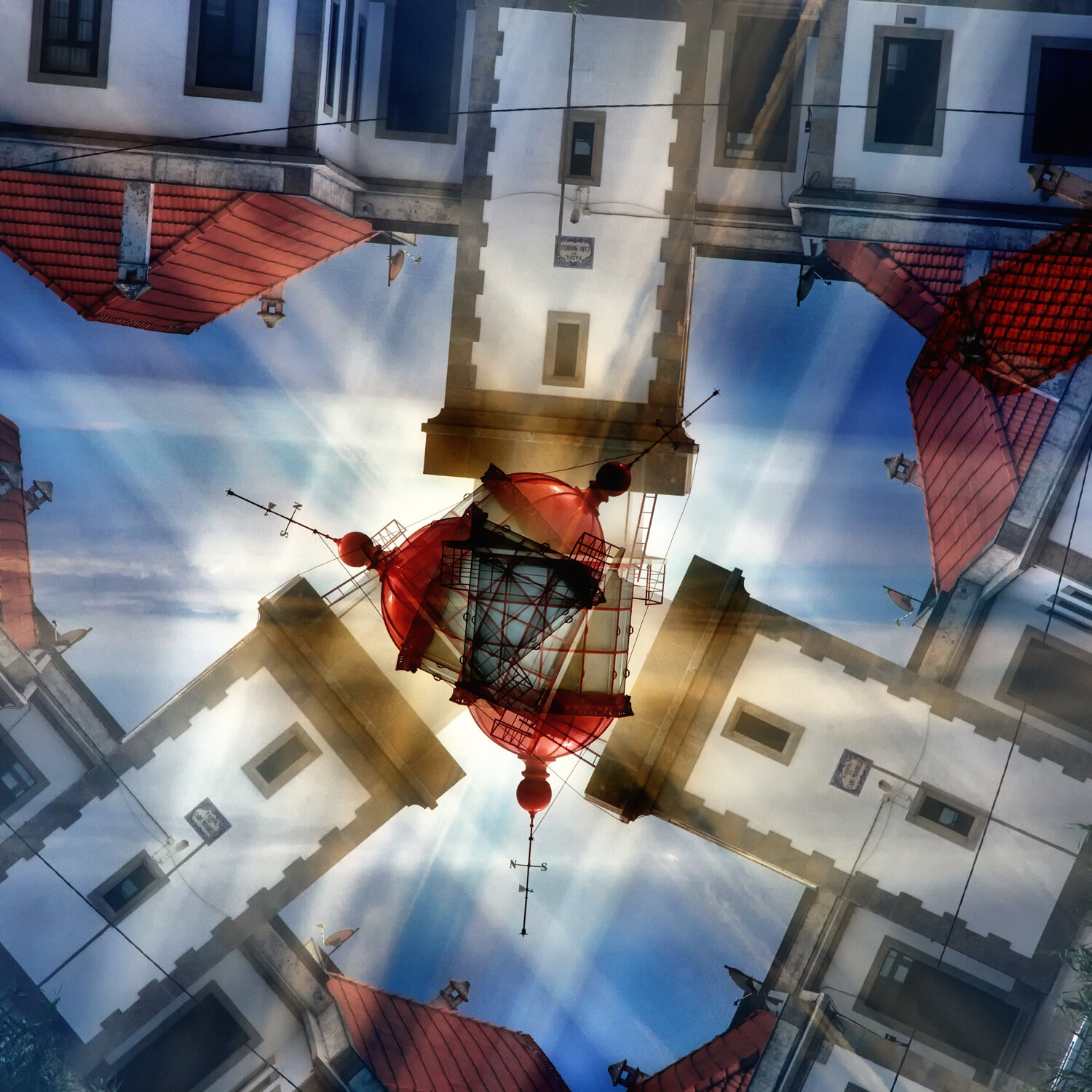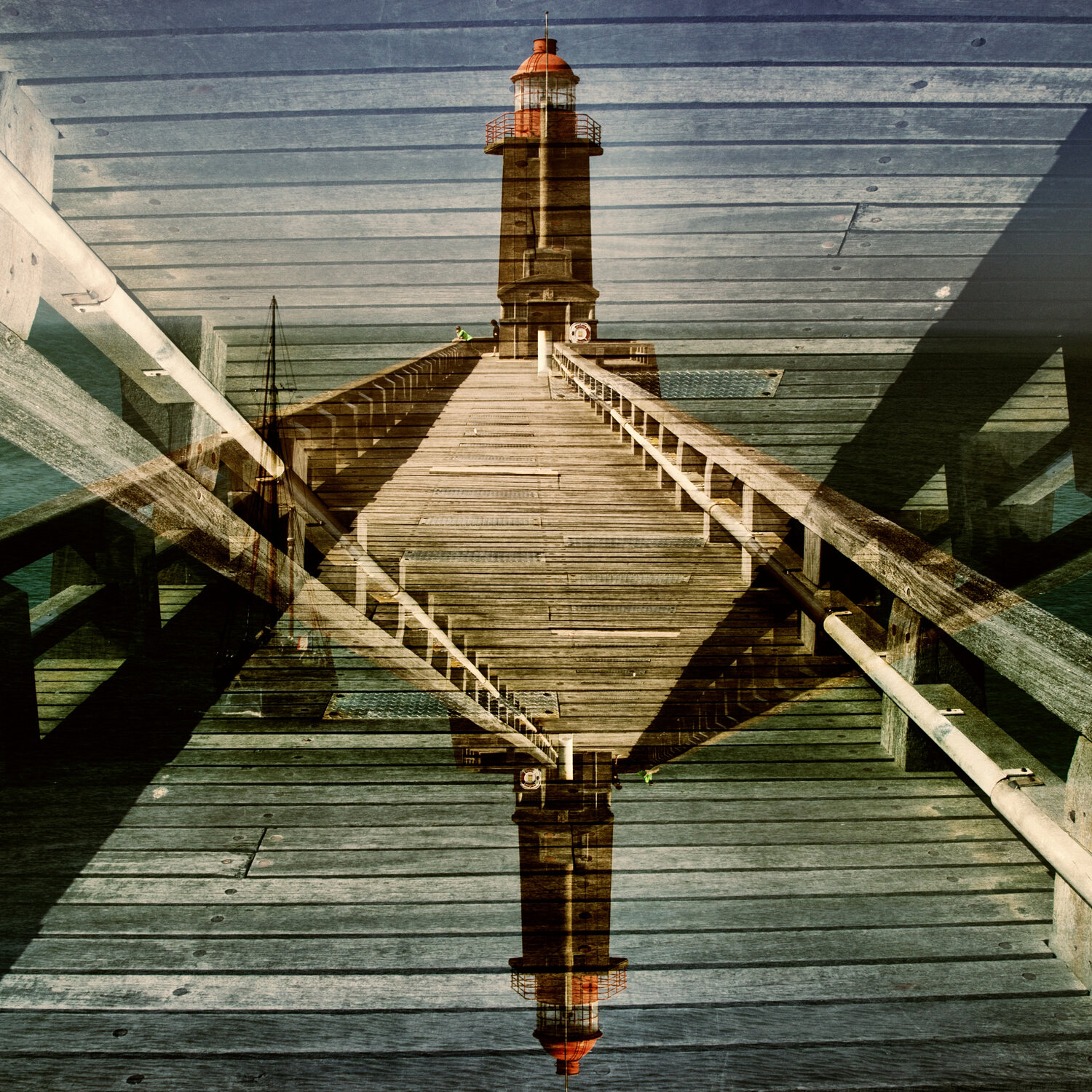Ulrich Bednarz
Deconstructing Lighthouses
by Ulrich Bednarz
Geologist and Photographer
Ulrich Bednarz is a geologist by education. Before moving into geotechnical and environmental consulting he worked as a scientist mainly on the physical, geochemical and petrological aspects of subterranean and submarine volcanology.
These activities involved on-site research in the Eifel volcanic field in Germany, in the Troodos mountains in Cyprus and on research vessels Meteor and JOIDES Resolution in the central Atlantic Ocean and the southwest Pacific Ocean not far from the Tonga Islands.
Passion for photography developed early. Research, however, involved a lot of technical photography to document outcrops, specimen and microscopic thin sections of rocks and minerals. This background probably was leading to a certain love for details in later photographic works. That time also gave the fine opportunity to have access to the professional photographic studio and photo laboratory of the department.
The idea about the „Deconstructing Lighthouses“ project probably has the origin from another passion, which was sailing yachts. There are several aspects. Lighthouses, of course, are overloaded with symbolism of all kinds (from guidance to often being phallic to the wrong romanticism of the lighthouse keeper and probably even more). And I remember very well the time when they were real guidance. Before the times of GPS - for instance on the way from Land‘s End to the south coast of Ireland we browsed the handbook listing lighthouse to find out where we exactly had landed - give or take a few nautical miles. Now with global positioning available on every phone lighthouses and lightships have become rather obsolete, like the lighthouse keeper already a while before. Nautical lights are probably kept for emergency reasons, with a already quite few taken out of service. Being reduced to make more or less nice postcard-type photographs and also more or less felicitous souvenirs.
The idea of the „Deconstructing Lighthouse“ project was to catch and show some of this ambivalence by putting them apart and setting them together in a way giving a different perspective. It involves some traveling sometimes to rather remote, sometimes to very touristic places. Unfortunately you might be tired after arriving and not in the most inspirational mood. Anyway, photographs always are true multiple exposures done with the camera, never digital overlays done at the computer. Though of course with this approach I am also happy with a bit more digital editing than I would normally do with serious photos.
Examples from the project in this set are from Denmark, Germany, Netherlands, France and Portugal.

























